The U.S. Small Business Administration (SBA) issued additional guidance on May 18, 2020, clarifying how employees of foreign affiliates are treated for Paycheck Protection Program (PPP) loan qualification.
Subject to certain exceptions, in order to qualify for a PPP loan, an applicant must have 500 or less employees. Under existing SBA affiliation rules (see 13 C.F.R. 121.301), based on the level of common ownership, employees of affiliated entities must be considered when determining the 500-employee limit. For example, assume Shareholder X owns 100% of Corporation A and 100% of Corporation B. Both corporations are US corporations, and all employees work and reside in the US. If Corporation A has 300 employees and Corporation B has 250 employees, neither corporation A nor B would qualify (again, subject to certain exceptions) for a PPP loan since, under the affiliation rules, the 500 employee threshold was exceeded.
At the outset of the PPP program, there was substantial uncertainty as to whether employees of a foreign affiliate would need to be considered in calculating the 500-employee limit. In the above example, if Corporation A was a US corporation with all of its employees in the US and Corporation B was a foreign corporation with all of its employees outside the US, it was unclear if Corporation A would qualify for a PPP loan. Early SBA guidance (FAQ 3) indicated that employees whose principal residence was outside the US would not be considered in the PPP headcount. Therefore, under the earlier guidance, Corporation A would have appeared to qualify for a PPP loan.
However, guidance issued on May 5, 2020 (FAQ 44) indicated the opposite – that all employees of both US and foreign affiliates are considered for the purposes of the PPP headcount.
To resolve this conflict, the SBA issued Interim Final Rules dated May 18, 2020, concluding that employees of a foreign affiliate should be included in the PPP headcount. However, the SBA has acknowledged the confusion created in this area and has provided relief for any borrower who applied for a PPP loan prior to May 5, 2020:
“. . . as an exercise of enforcement discretion due to reasonable borrower confusion based on SBA guidance (which was later resolved through a clarifying FAQ on May 5, 2020), SBA will not find any borrower that applied for a PPP loan prior to May 5, 2020 to be ineligible based on the borrower’s exclusion of non-U.S. employees from the borrower’s calculation of its employee headcount if the borrower (together with its affiliates) had no more than 500 employees whose principal place of residence is in the United States. Such borrowers shall not be deemed to have made an inaccurate certification of eligibility solely on that basis.”
Although the SBA affiliation rules can be complex, in many cases the analysis will is straightforward. Applicants which are majority foreign-owned, or have majority ownership of foreign subsidiaries, need to consider the employees of all affiliates (domestic and foreign) in the 500-employee count. The non-US employees must be considered for purposes of the headcount test to determine PPP loan eligibility even though wages paid to non-US employees are not considered in the calculation of the PPP loan.





